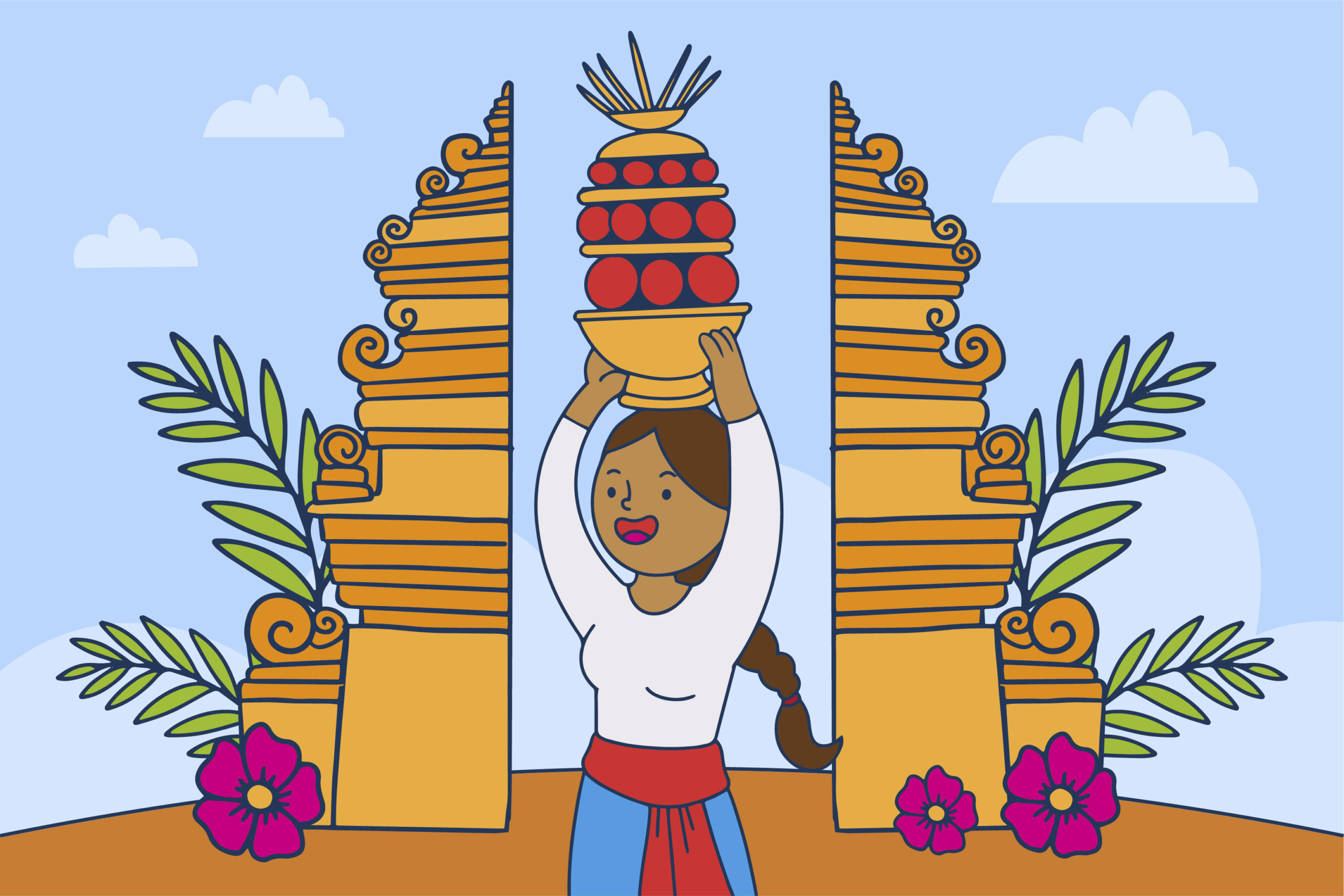It seems like you’re looking for a blog on a topic related to “Karabu Nati,” a Sri Lankan cultural dance, and various associated terms like “Karabu design” and “gold karabu price.” Given the specific nature of this topic, let me help craft a unique, insightful, and engaging piece that touches on the beauty of Sri Lankan culture, the significance of Karabu, and its relevance today.
The Magic of Karabu Nati: A Sri Lankan Tradition Reimagined
If you’ve ever visited Sri Lanka during a festival or a celebration, chances are you’ve witnessed the mesmerizing and graceful dance that is Karabu Nati. The intricate footwork, the rhythmic movements, and the vibrant costumes combine to create a spectacle that is as much about heritage as it is about artistic expression. But, much like many traditional practices, the beauty of Karabu has evolved with time. Today, it sits at an intriguing crossroads of tradition and modernity, with new interpretations— and designs— sprouting up from every corner of the island.
So, what is Karabu Nati, really? And why has it become a staple of Sri Lankan cultural pride, not just for Sri Lankans but for many all over the world?
The Origins: What is Karabu?
Karabu, a traditional dance form originating from Sri Lanka, is an expression of joy and celebration. It’s often associated with festivals, religious ceremonies, and community gatherings, where dancers clad in bright attire, adorned with gold jewelry and intricate designs, perform elaborate footwork and swift movements. However, the true beauty of Karabu lies not just in its visual appeal but in its deep cultural significance. This dance symbolizes harmony, unity, and respect for the forces of nature, which Sri Lankans have always held in high regard.
In terms of design and aesthetics, Karabu is more than just a dance; it’s a fusion of artistic expression, music, and fashion. The costumes themselves—crafted with intricate embroidery, rich fabrics, and colorful embellishments—hold meaning beyond mere decoration. Every swirl of fabric, every bead, and every gold piece tells a story of Sri Lankan history, mythology, and religious belief.
The Evolution of Karabu: From Traditional to Modern
Like all cultural practices, Karabu has not remained static. Over time, it has evolved, blending new influences with its traditional roots. Today, the design and performance of Karabu have been influenced by the globalized world. Traditional attire may feature modern adaptations in fabric and structure, and performances may be infused with contemporary music styles or fused with other dance forms.
The role of “Karabu Design” has become increasingly important, with designers experimenting with different elements to modernize the aesthetic while still honoring tradition. In Sri Lanka, a new generation of fashion designers is reimagining the traditional costume, adding their own spin on this beloved form of cultural expression.
What was once only performed during festivals or special events is now making its way into mainstream Sri Lankan pop culture, with modern renditions being showcased at fashion shows and even adapted for social media platforms like Instagram. This integration into pop culture has not only kept Karabu alive but allowed it to thrive, gaining new audiences who might never have encountered this dance form otherwise.
Karabu and Its Symbolism: More Than Just Dance
Karabu, in its most traditional sense, is more than just a performance. It’s a reflection of the deeper Sri Lankan values—respect for nature, harmony, and the divine. The movement of the dancers is said to mimic the flow of natural forces, representing the cyclical nature of life. Every step, every turn, and every jump is thought to symbolize the eternal rhythm of life, from birth to death and rebirth.
The gold pieces that accompany the costumes represent wealth, prosperity, and divine blessings. Sri Lanka, rich in gold and other natural resources, has long regarded gold as a symbol of spiritual and material abundance. The modern reinterpretation of Karabu Nati still retains these cultural meanings, even as it adapts to modern sensibilities.
The Influence of Gold: Karabu Jewelry and Design
It’s impossible to discuss Karabu without mentioning the role of gold. The “gold karabu” is one of the most striking features of this dance. Traditionally, performers wear elaborate jewelry made from gold, which shines brightly against their richly colored costumes. This jewelry isn’t just for decoration; it’s an essential element that ties into the symbolism of the dance. Gold represents both prosperity and divine favor, making it an integral part of the Karabu performance.
In recent years, the market for gold Karabu jewelry in Sri Lanka has skyrocketed. Today, gold karabu jewelry is sought after not only by dancers but also by individuals who want to carry a piece of Sri Lankan tradition with them. From necklaces to earrings and intricate gold bands, the designs have evolved, incorporating more intricate patterns, making them desirable as fashion accessories for all occasions, not just traditional performances.
Gold Karabu jewelry can range in price depending on its craftsmanship and weight. In Sri Lanka, you’ll find many skilled jewelers who specialize in creating these traditional pieces, and the market for “gold karabu price in Sri Lanka” remains robust, with prices varying based on the intricacy of the design, the weight of the gold, and the expertise of the jeweler. Whether you’re purchasing a single gold piece for your own collection or acquiring a full Karabu ensemble for a performance, you’re tapping into centuries of craftsmanship.
The Future of Karabu Nati
As we move into the future, Karabu Nati stands at a crossroads. While many traditional art forms struggle to maintain their relevance in a rapidly changing world, Karabu has found a way to remain both culturally significant and artistically vibrant. Thanks to digital platforms and social media, people from around the globe can discover this art form, allowing it to expand beyond the island nation’s borders.
However, maintaining the balance between tradition and modernity remains a delicate task. In this digital age, it’s important to preserve the authenticity of Karabu Nati while still allowing it to evolve. The way forward lies in embracing innovation without losing sight of the deep-rooted cultural values that Karabu embodies.
Conclusion: Celebrating the Dance of Sri Lanka
The journey of Karabu, from its traditional roots to its contemporary adaptations, offers a beautiful example of how culture can evolve while remaining true to its origins. It’s a dance of celebration, a symbol of unity, and a tribute to the land and its resources. Whether through the beauty of its design, the rhythm of its movements, or the shimmer of gold in the costumes, Karabu Nati remains a testament to Sri Lanka’s rich cultural heritage.
So, the next time you see a Karabu dancer perform, remember that you’re not just witnessing a dance; you’re witnessing history in motion. A history that tells the story of Sri Lanka’s past, present, and future—preserved in every graceful step, every swirl of fabric, and every glint of gold.


